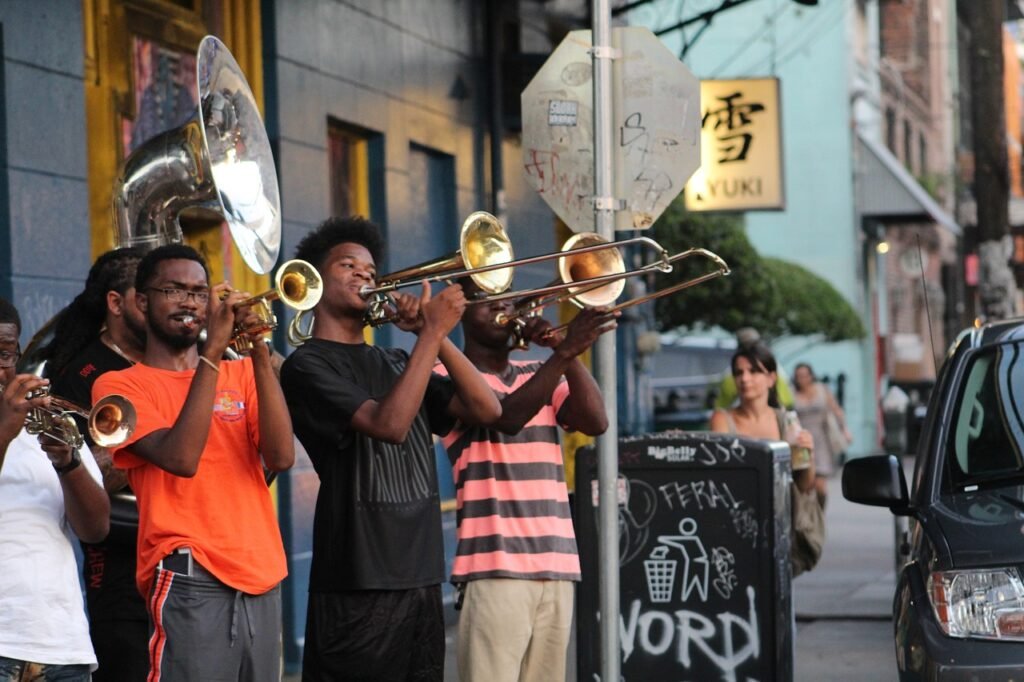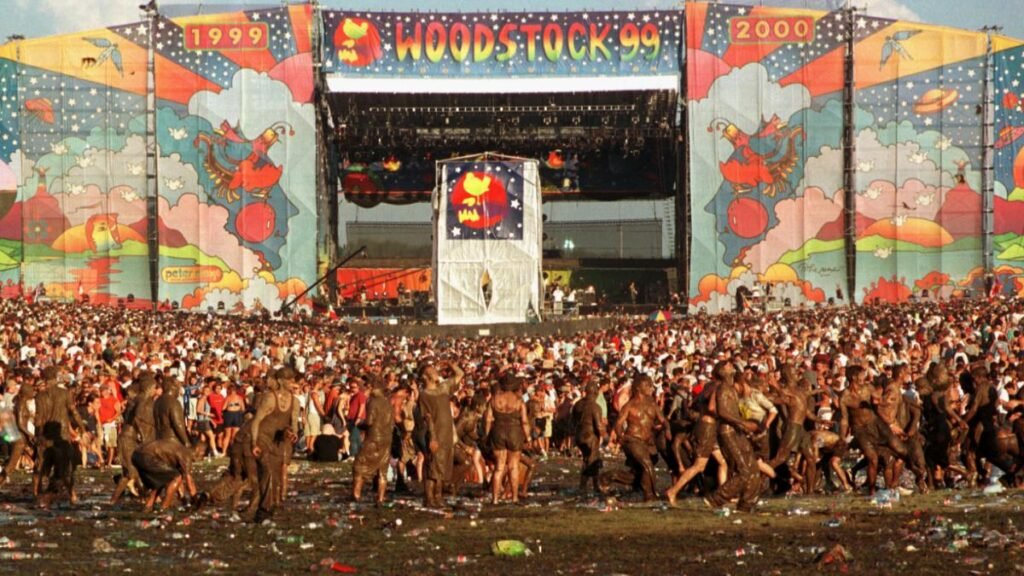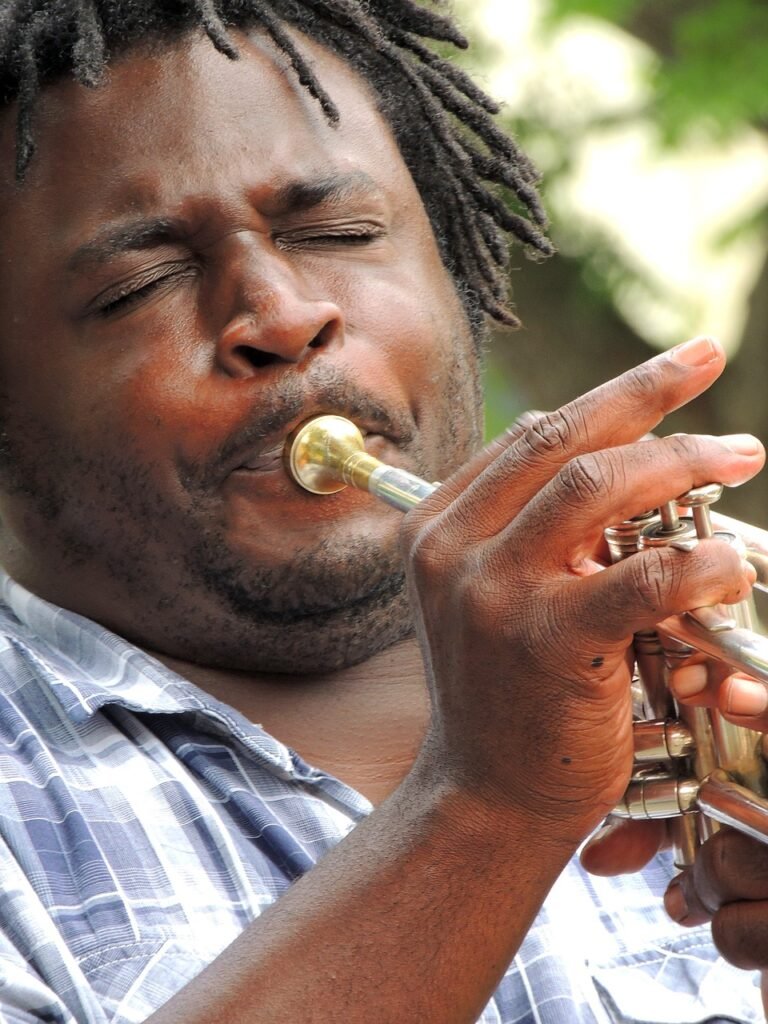In the bustling streets of New Orleans, where the scent of gumbo mingles with the sounds of saxophones and trumpets, the legacy of New Orleans style music lives on. Rooted in the city’s rich cultural heritage and influenced by a diverse array of musical traditions, this vibrant genre continues to captivate audiences around the world with its infectious rhythms and soulful melodies.
Central to the tradition of New Orleans style music is the concept of the second-line parade, a uniquely local form of celebration that dates back to the 19th century. Originally associated with jazz funerals, second-line parades have evolved into joyous processions that wind their way through the streets of the city, accompanied by brass bands and dancing revelers.
Another integral element of New Orleans style music is the brass band tradition, which traces its roots back to the military bands of the 19th century. Today, brass bands can be found playing everywhere from neighborhood bars and clubs to weddings and Mardi Gras parades, infusing the air with the electrifying sounds of trumpets, trombones, and sousaphones.
In addition to jazz and brass band music, New Orleans style music encompasses a wide range of genres and styles, including blues, gospel, zydeco, and funk. Each of these genres contributes its own unique flavor to the city’s musical tapestry, creating a sound that is as diverse and eclectic as the people who call New Orleans home.
Despite the challenges posed by gentrification, economic inequality, and the devastation of Hurricane Katrina, the spirit of New Orleans style music remains unbroken. Musicians continue to gather in clubs and on street corners, keeping the tradition alive through their passion and dedication to the music.
As long as there are brass bands marching through the streets and jazz clubs swinging into the early hours of the morning, the legacy of New Orleans style music will endure, a testament to the enduring power of music to unite, uplift, and inspire.



